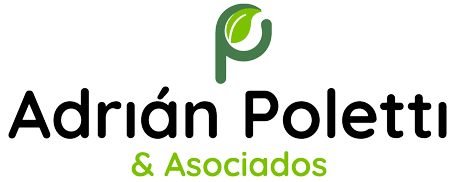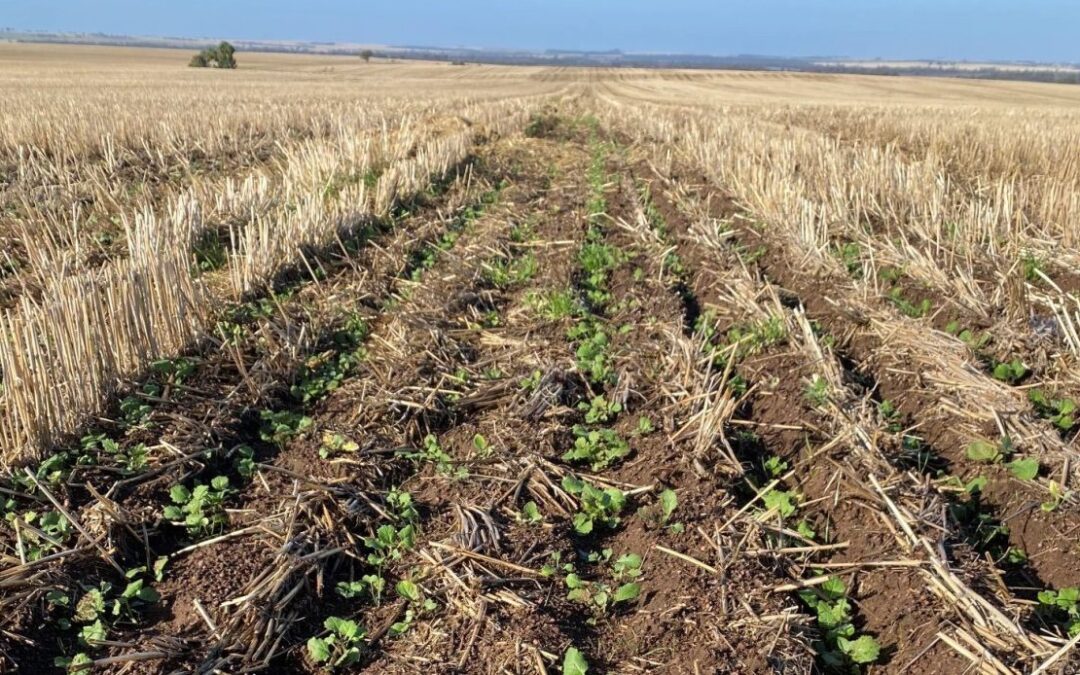AUSTRALIAN canola growers and farm advisors have today been notified that the European Union has announced it intends to reduce the maximum residue limit (MRL) for haloxyfop from 0.2mg/kg to 0.005mg/kg.
While no specific timeframe can be provided, the Australian industry expects this change to be announced in 2023.
Haloxyfop is very widely used by Australian growers as the most affordable post-emergent means of controlling grass weeds, including volunteer cereals, in canola.
It is a Group 1 herbicide, so part of the “Fop” and “Dim” family, and several alternatives registered for use in canola are already widely available.
Applying haloxyfop to canola according to current Australian label directions would create residues above the expected new EU MRL.
This means canola now being sown for the 2023-24 crop and treated with haloxyfop should not be delivered or received into the Australian grain-handling system for canola segregations destined for export.
Any loads of canola delivered in the 2023-24 season and beyond which exceed the MRL on haloxyfop will jeopardise market access to the EU for Australian canola.
“To maintain our strong trading reputation and ensure continued market access, it is critical that exported canola meets import country MRLs,” Australian Oilseeds Federation executive officer Nick Goddard said in a joint statement.
Behind Canada, Australia is the world’s biggest canola exporter, with the EU its biggest market by far.
Primary source: Australian Oilseeds Federation, Grains Australia, Grains Research and Development Corporation, Grain Trade Australia, the National Working Party on Grain Protection, Grain Producers Australia, and GrainGrowers Limited.
Source: Grain Central

